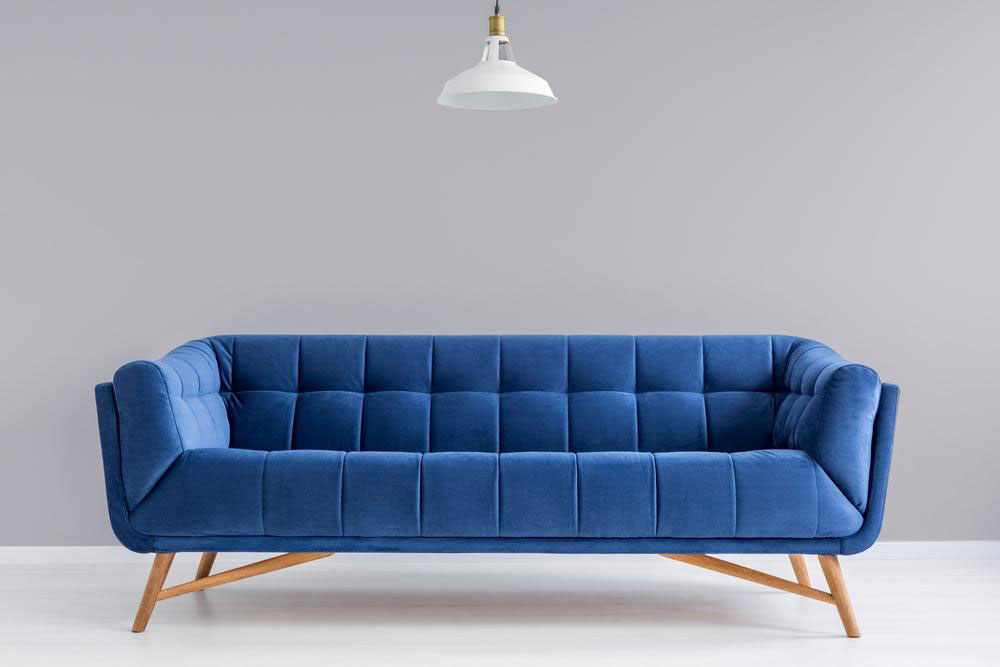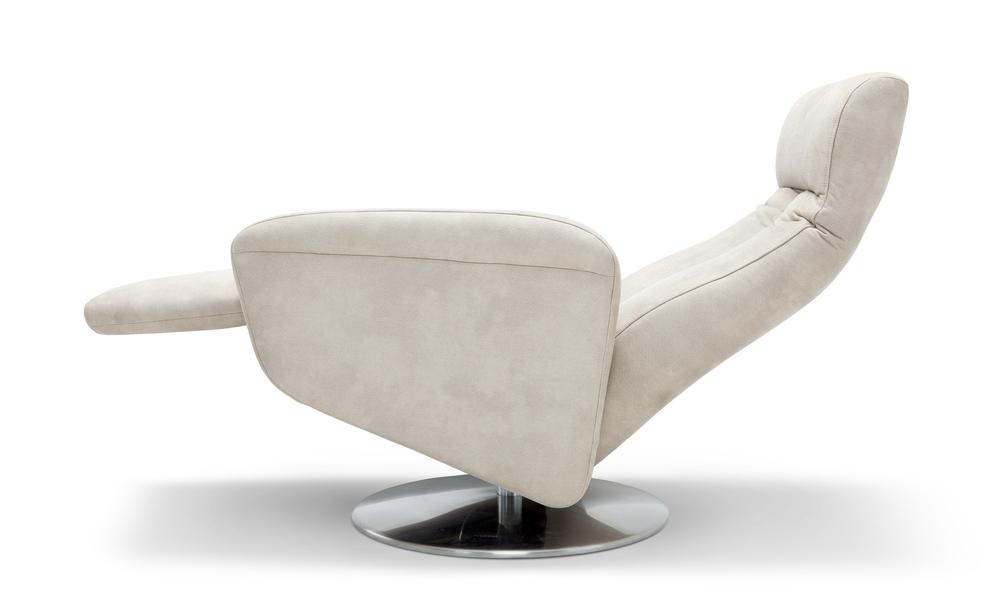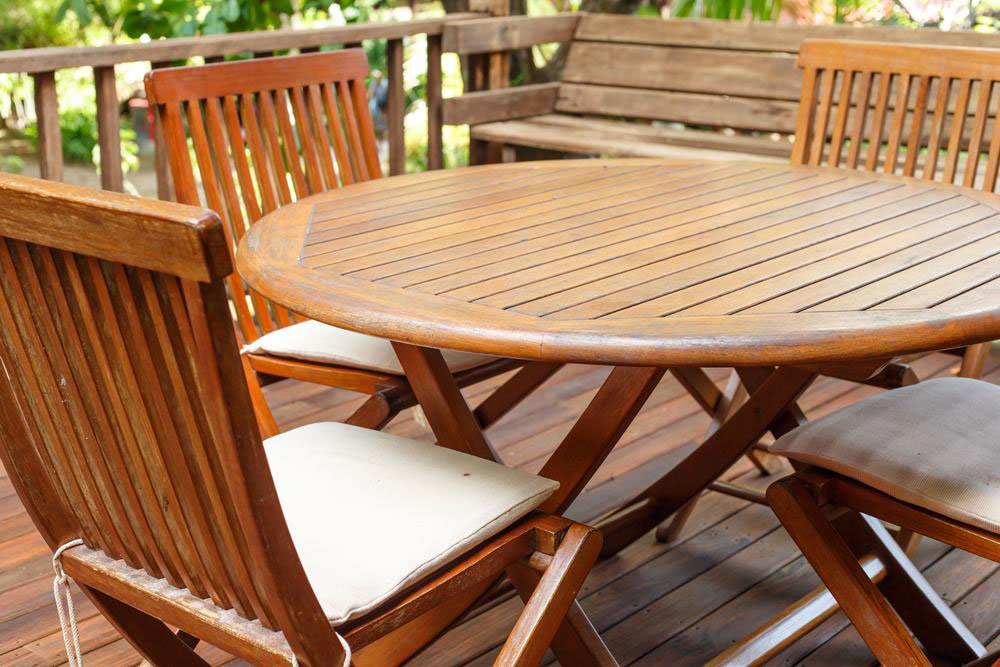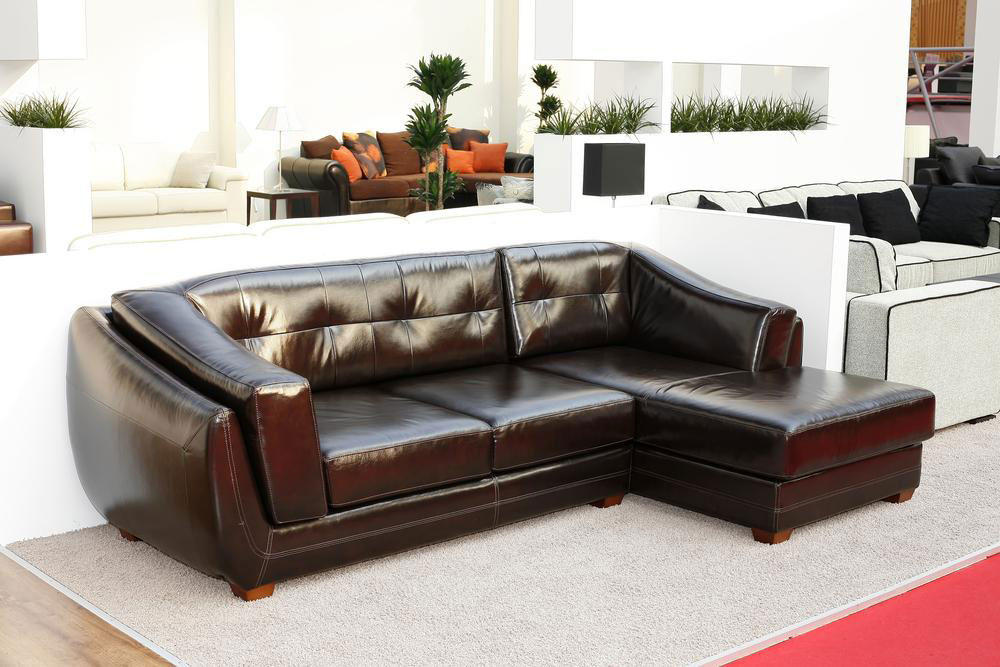Essential Tips for Authentic Antique Furniture Hunting
Discover expert tips to authenticate antique furniture before purchase. Learn to examine craftsmanship, hardware, markings, damage, repairs, and finishes to ensure your investments are genuine. Whether collecting or decorating, make informed decisions with these practical guidelines to add timeless elegance to your home.

Guidelines for Spotting Genuine Antique Furniture
Over recent years, antique furniture has become highly sought after by collectors and homeowners alike. People are eager to add timeless pieces to their spaces, but it's crucial to verify authenticity before investing. To ensure you're purchasing genuine antique furniture, consider the following tips:
Examine the craftsmanship:
Understanding how the piece was made—whether handcrafted or produced by machine—is vital. Pay close attention to details like drawer construction and joinery.
Inspect the hardware:
Check for original nuts, bolts, and hardware. Modern replacements can indicate restoration or forgery, so look for signs of age.
Seek identifying marks:
Look for stamps, signatures, or labels that may reveal the origin or maker of the piece. These are often on hidden areas like the back or underside.
Assess damage:
Evaluate any wear, cracks, or repairs. Minor damages are common and acceptable if they do not compromise structural integrity.
Identify repairs or replacements:
Distinguish between original parts that have been repaired and replaced components. Authentic antiques usually retain most of their original elements.
Consider the finish:
Decide whether you prefer untouched antiques or those with some refinishing. Your choice depends on personal taste and intended use.
Always buy what appeals to you and offers good value. Research thoroughly to make informed decisions and enjoy your antique collection.









